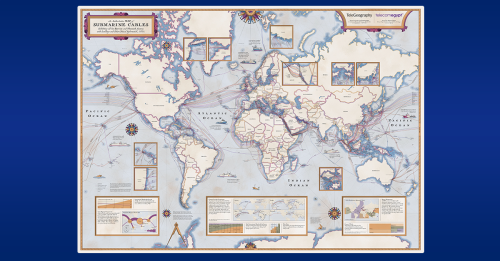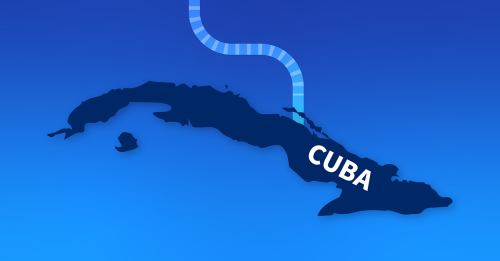
Summary
On Sunday, August 6, an undersea landslide in one of the world’s longest submarine canyons knocked out two of the most important submarine cables serving the African internet. The loss of these cables knocked out international internet bandwidth along the west coast of Africa. In this blog post, we review some history of the impact of undersea landslides on submarine cables and use some of Kentik’s unique data sets to explore the impacts of these cable breaks.
On Sunday, August 6, an undersea landslide in one of the world’s longest submarine canyons knocked out two of the most important submarine cables serving the African internet. The landslide took place in the Congo Canyon, located at the mouth of the Congo River, separating Angola from the Democratic Republic of the Congo.
The SAT-3 cable was the first to suffer an outage, followed hours later by the failure of the WACS cable. The loss of these cables knocked out international internet bandwidth along the west coast of Africa. In this blog post, I review some history of the impact of undersea landslides on submarine cables and use some of Kentik’s unique data sets to explore the impacts of these cable breaks.
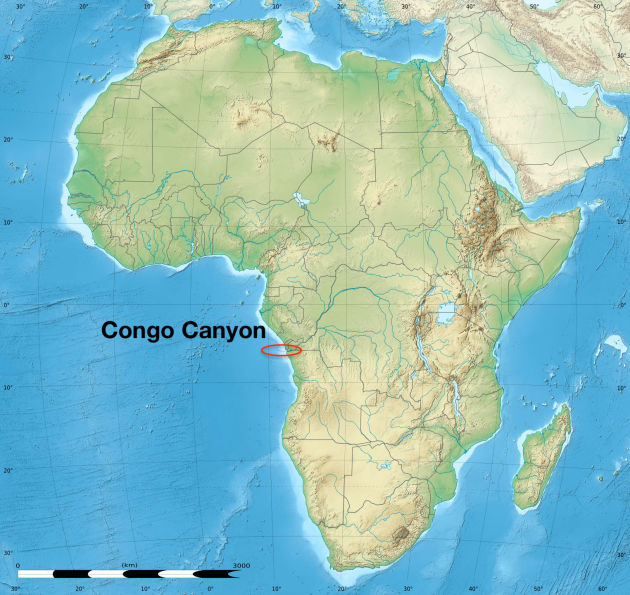
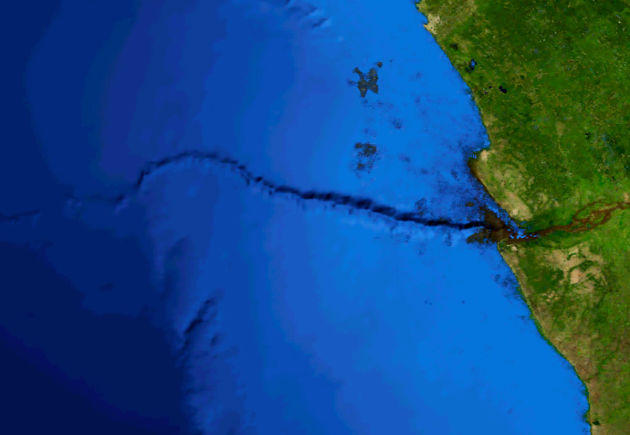
Seismic threats to submarine cables
By far, the greatest threat to the submarine cables connecting the global internet is human maritime activity. This usually involves seafaring vessels breaking submarine cables either by snagging them during fishing operations (especially trawling) or by inadvertently dragging their anchors along the seafloor, the cause of the 2008 submarine cable cuts in the Mediterranean Sea.
But after marine activity, the next biggest category of threat consists of natural causes — and let me emphasize, I’m not talking about sharks biting cables. On numerous occasions, undersea landslides and earthquakes have damaged cables laying on the seafloor.
In December 2006, a large earthquake off the southern coast of Taiwan crippled internet communications in East Asia by rupturing numerous submarine cables. According to a press release from the International Committee for the Protection of Cables, as a result of the Hengchun earthquakes, “21 faults were recorded in … 9 cables, and it took 11 ships 49 days to restore everything back to normal.”
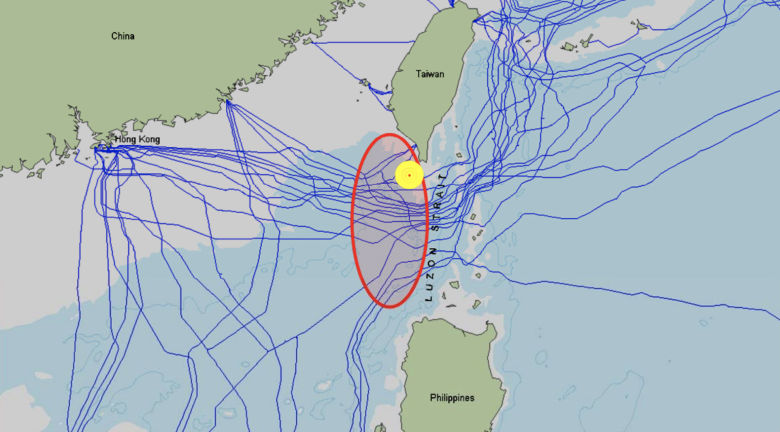
During a panel at the Suboptic 2013 submarine cable conference in Paris, the audience listened in rapt attention as a speaker from Japan described the efforts to repair submarine cables damaged by the Great East Japan Earthquake two years earlier. According to him, one of the cables had been dragged over a kilometer by an undersea landslide triggered by the powerful earthquake. Additionally, the sequence in which the cables were to be restored was driven, not by usual contractual priorities, but by where the cable ship could safely navigate while avoiding the radiation cloud emanating from the crippled Fukushima Daiichi Nuclear Power Plant.
In another case, a decade ago, I wrote about an undersea earthquake in the Black Sea that unexpectedly impacted Iranian transit. It was initially reported that an underwater volcano had severed a submarine cable in the Black Sea running between Poti, Georgia, and Sochi, Russia. This caught the attention of WIRED magazine’s resident geologist, who dutifully pointed out that there were no volcanoes in the Black Sea. As was later reported in the Iranian press, it was an earthquake that led to the failure of the cable — likely by triggering another underwater landslide.
Finally, this isn’t the first time that these cables (SAT-3 and WACS) have been downed by undersea landslides in the Congo Canyon. A study, published in June 2021, described how these cables had suffered breaks in 2020 due to, in one instance, “an exceptionally large and powerful submarine mudslide that originated at the mouth of the Congo River.”
Make no mistake; the seafloor can be a dangerous place for cables.
Internet impacts due to the cable cuts
Shifting back to the cable cuts in Africa, let’s begin by looking at the impact on cloud connectivity.
Cloud performance
Last year, a terrestrial cable cut in Egypt temporarily knocked out service for multiple submarine cables, a situation I analyzed by illustrating the impact on internal connectivity for the three major public cloud providers: AWS, Azure, and Google Cloud. Well, this cable incident was no different, proving once again that even the big hyperscalers must rely on the same submarine cable infrastructure as everybody else.
An effective BGP configuration is pivotal to controlling your organization’s destiny on the internet. Learn the basics and evolution of BGP.
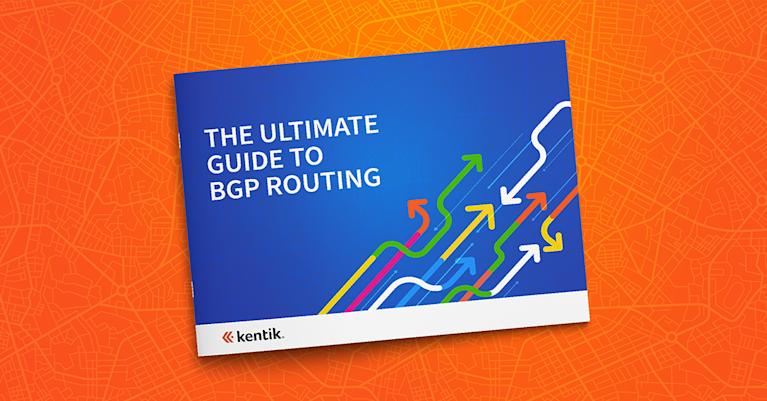
Below is a screenshot of our performance monitoring from af-south-1, AWS’s region in Cape Town, South Africa, to eu-west-2 in London, England. It shows an increase in latency, from 150 to 195 ms, as AWS’s traffic is diverted to a backup route, presumably with a longer geographic distance, to reach London in this example.

Conversely, we can also see a drop in latency from af-south-1 to some points in Asia. The screenshot below shows a latency decrease from 386 to 304 ms from Cape Town to Seoul at 17:30 UTC, when the WACS cable was cut.
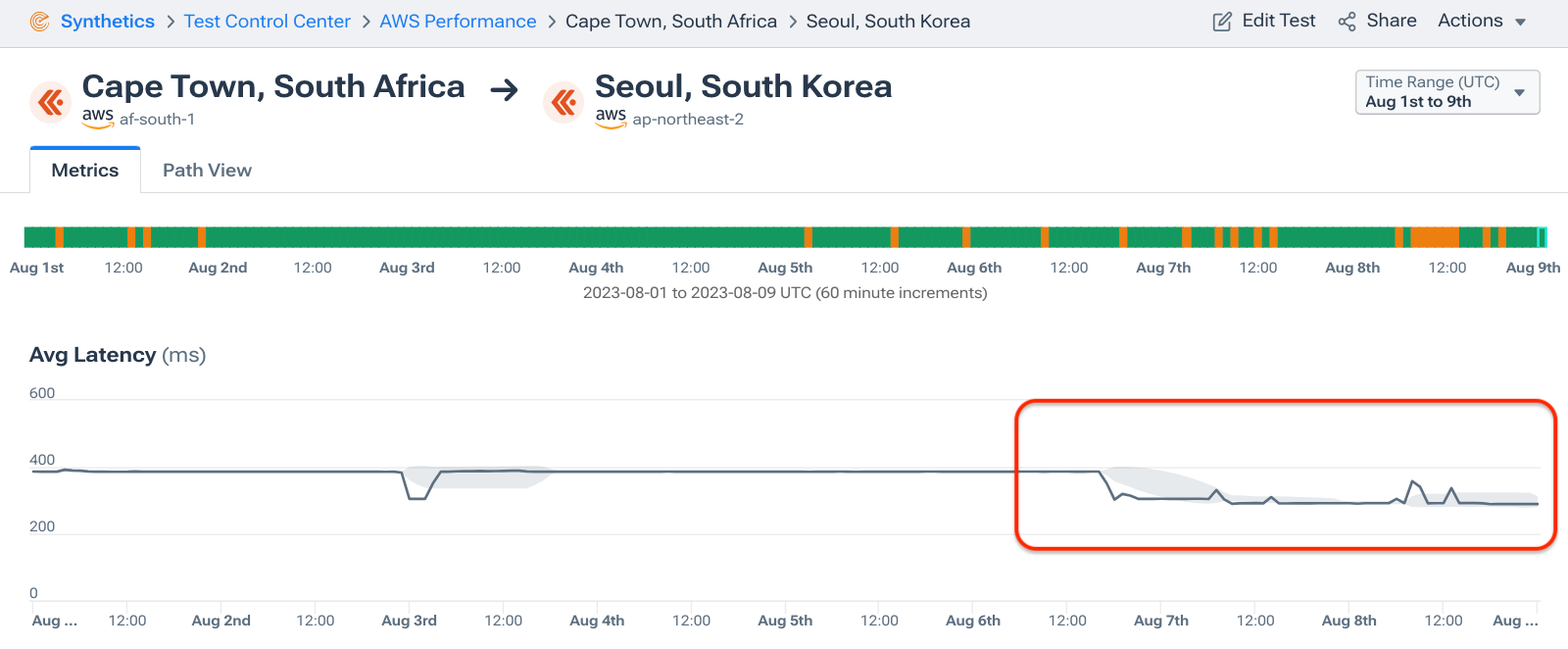
While this may seem counterintuitive, this is a phenomenon I have often encountered when analyzing submarine cable cuts — see slide 10 in my presentation at Suboptic 2013. Essentially a higher latency route becomes unavailable, and traffic is forced to go a more direct path.
Why would traffic be using the higher latency path in the first place? What you can’t see in these visualizations are factors like cost. The business case for maintaining the lowest possible latency between Cape Town and Seoul may not justify a higher-cost but lower-latency route.
Traffic volume as measured by aggregate NetFlow
We observed a drop in traffic volume as seen in our aggregate NetFlow to the affected countries following the cable cuts. Let’s take a closer look at the impacts in the largest affected market, South Africa. According to our data, the largest traffic destination in South Africa is Telkom SA (AS37457), who experienced a 20% drop in peak traffic following the cuts.
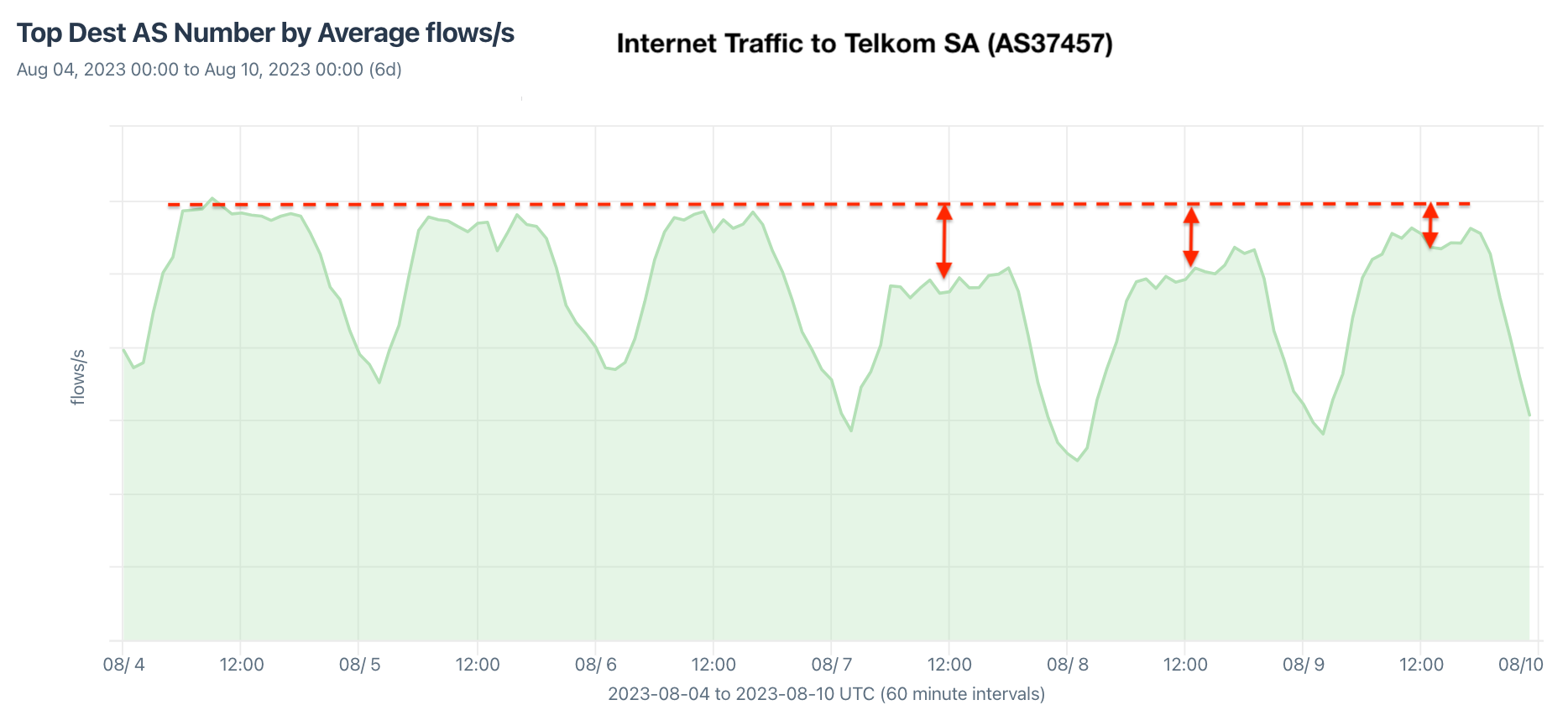
Namibia was another country in southwest Africa impacted by these cable cuts. When WACS was cut at 17:30 UTC, Telecom Namibia (AS20459) lost transit from Cogent (AS174) and BICS (AS6774). Two hours later, the Namibian incumbent partially restored service using transit from Angola to the south.
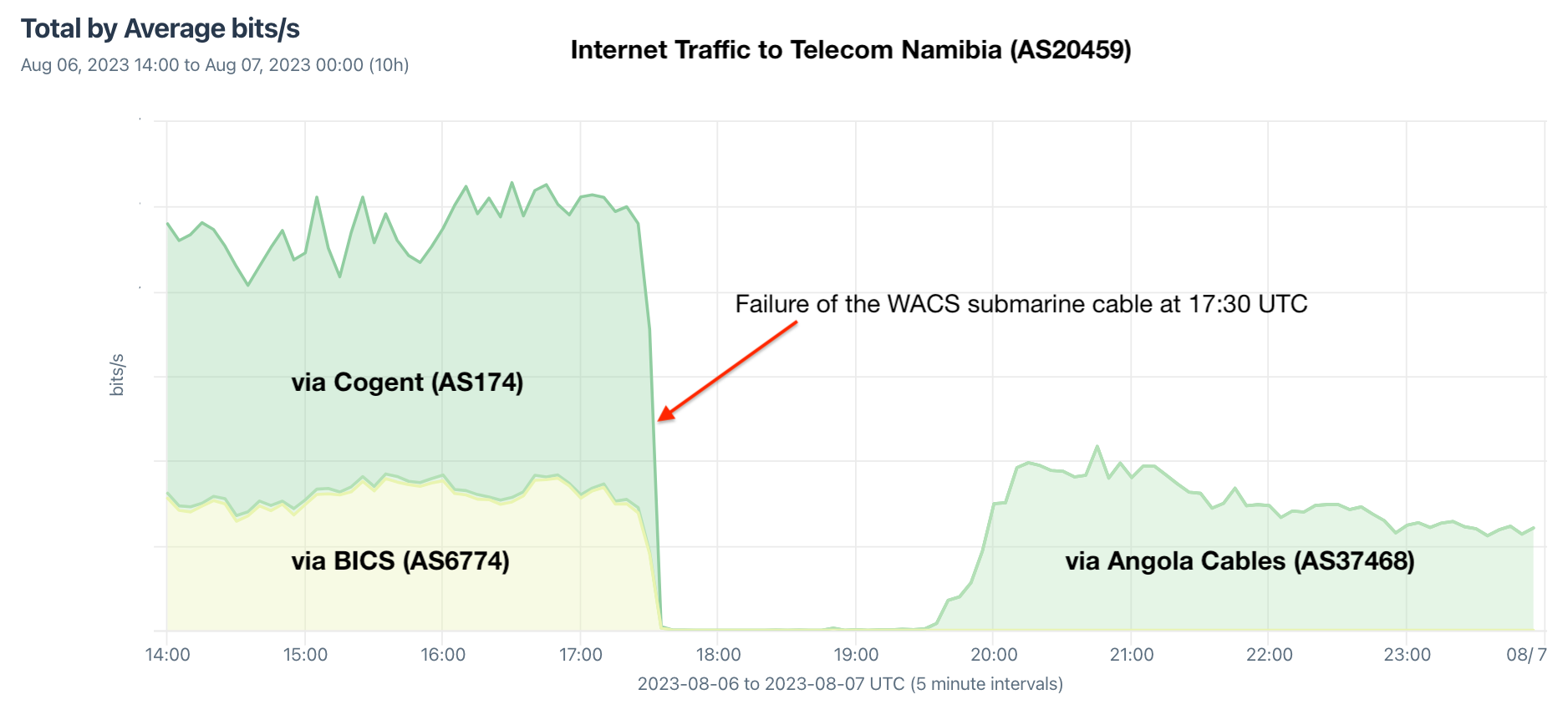
Kentik Market Intelligence (KMI) also reported on these changes. Recall that KMI, based on BGP, enables users to navigate the dynamics hidden in the global routing table by identifying the ASes operating in any given country, determining their providers, customers, and peers, and reporting when there are changes to those relationships.
Telecom Namibia, for example, lost its two main transit providers Cogent (AS174) and BICS (AS6774) as a result of the WACS cable cut. To restore service, it had to activate emergency service from Angola Cables (AS37468). Those developments were reported in KMI Insights and are shown below.

BGP visualization
Since KMI is strictly based on interpreting BGP data, let’s see what an individual route change looked like. Let’s take this Telecom Namibia route as an example: 41.205.128.0/19.
When we take the upstream view from AS20459, we can see that, like the NetFlow-based graphic above, Telecom Namibia lost AS174 and AS6774 at around 17:30 UTC and gained transit from AS37468 at 22:00 UTC on August 6. In the interim, the reachability of the route became very low, along with traffic reaching its destination.

Conclusion
At the time of the cuts, the cable repair ship operating in the region (CS Leon Thevenin) was busy with submarine cable work in West Africa but has since shifted its mission and set sail for Cape Town, South Africa. Once on location, the repairs may take additional weeks to complete leaving a significant portion of the African internet without critical internet bandwidth well into September.

To make up for the loss of capacity, traffic has been shifted to other submarine cables, such as Google’s new Equiano cable, which was activated earlier this year. Like WACS and SAT-3, Equiano also runs along the west coast of Africa, but was not impacted by the undersea landslide earlier this month. This fact was highlighted by Equiano client Liquid Dataport (formerly Liquid Telecom) in a press release last week. Liquid has managed to use their service on Equiano to fill the gaps left by the loss of WACS and SAT-3.
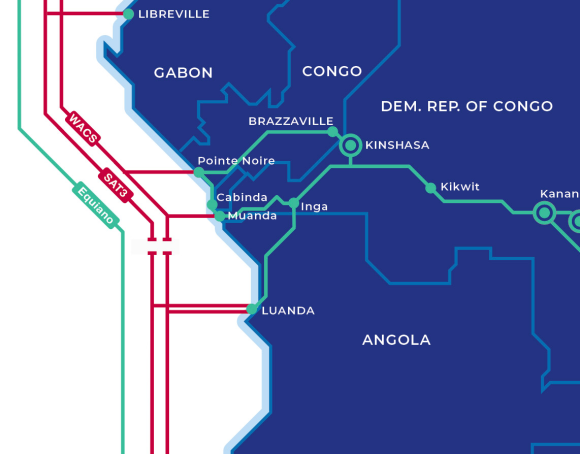
For more information about the fascinating world of submarine cables, check out our Telemetry Now podcast episode with Alan Mauldin of Telegeography.

